Inspecting timber subfloors
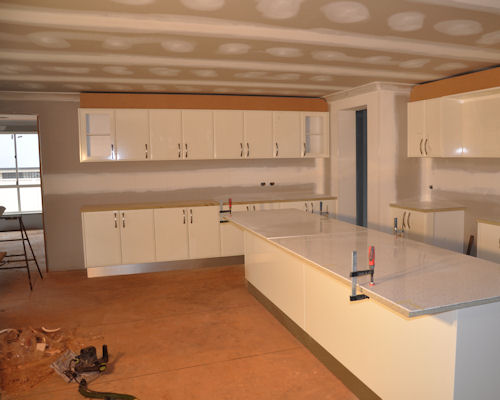 Audio for slide 1 (mp3 |6|KB)
Audio for slide 1 (mp3 |6|KB)
So in this lesson we'll cover the main things you should check on the surface of a timber subfloor, and in the next lesson we'll look at the issue of subfloor ventilation.

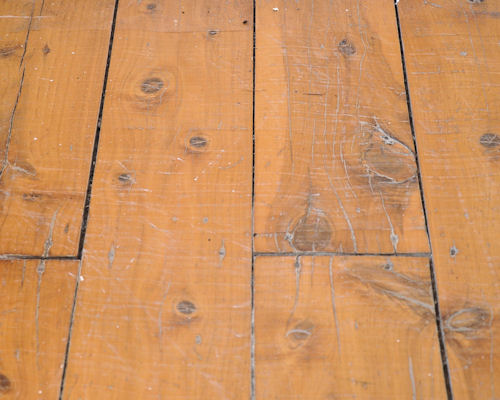 Audio for slide 2 (mp3 |6|KB)
Audio for slide 2 (mp3 |6|KB)
Gaps between boards
Older houses with tongue and groove (T&G) strip flooring will often have gaps between the boards.
This is because it was once common practice to use green (unseasoned) boards, particularly in cypress pine, and simply lay them upside down on the floor while the rest of the construction was taking place.

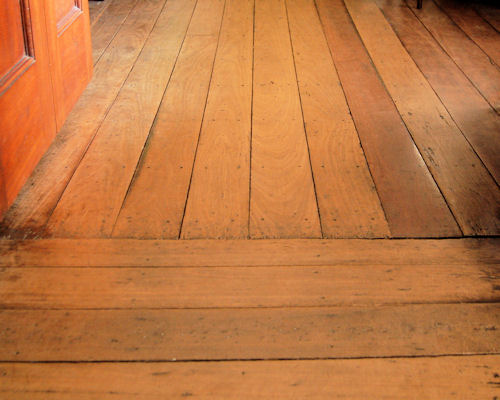 Audio for slide 3 (mp3 |6|KB)
Audio for slide 3 (mp3 |6|KB)
Once the building was closed in and weatherproofed, the boards were turned over, cramped together and nailed in position.
As they continued to dry over the years, the boards would shrink and small gaps would appear.
If the gaps are wide enough to show through the floor covering, the easiest remedy is to either fill them with a suitable compound or cover the floor with a hardboard or MDF underlay.

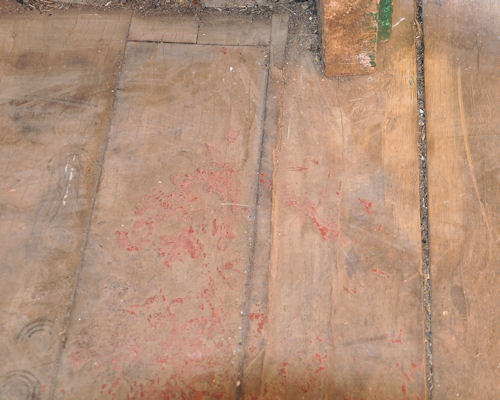 Audio for slide 4 (mp3 |6|KB)
Audio for slide 4 (mp3 |6|KB)
Blown floors
'Blown' floors are caused by boards that have swelled - which is the opposite problem to a floor with gaps.
That is, for the timber to swell it has to be taking up moisture from somewhere.
Sometimes the moisture problem will since have been fixed, but often it's a continuing issue that needs to be addressed.

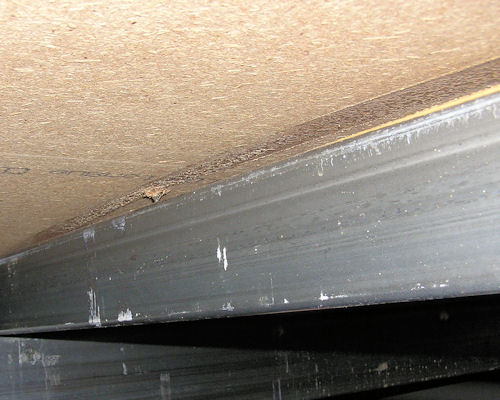 Audio for slide 5 (mp3 |6|KB)
Audio for slide 5 (mp3 |6|KB)
In more serious instances, the boards or sheet products underneath may lift off the joists.
In the worst cases the floor may push out wall frames and even crack brick walls or stonework.

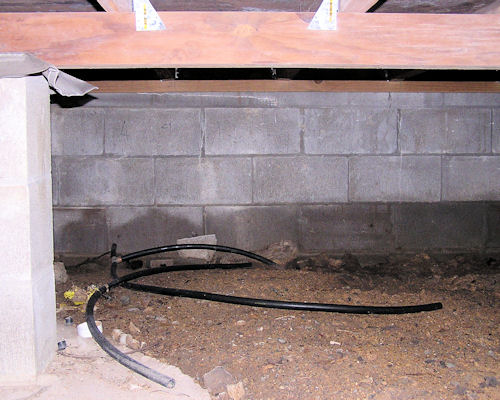 Audio for slide 6 (mp3 |6|KB)
Audio for slide 6 (mp3 |6|KB)
The causes can include:
- poor subfloor ventilation, allowing moisture to be absorbed by the floor boards
- flooding as a result of a storm or burst water pipe
- floor boards with a moisture content that was too low when they were installed
- an installation job that didn't leave enough of a gap around the perimeter of the floor to allow for natural expansion in humid weather.

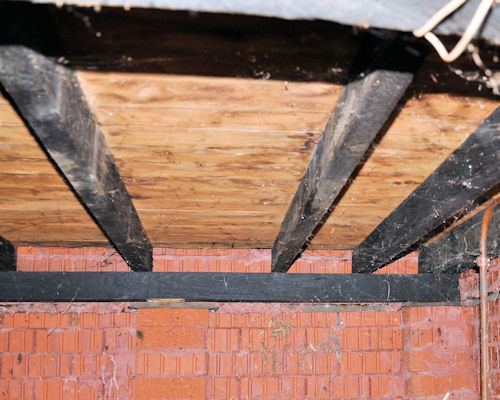 Audio for slide 7 (mp3 |6|KB)
Audio for slide 7 (mp3 |6|KB)
Squeaky floors
Squeaks are caused by adjacent parts of the floor rubbing against each other when they're walked on.
It especially occurs in T&G joints and butt joints, both in strip flooring and sheet products.
The most common causes are:
- uneven shrinkage in the joists, allowing a gap to form where the joist has shrunk away from the board or panel above it
- too great a span across joists, causing excessive deflection in the board or panel
- loose-fitting or broken tongues and grooves
- nails that have missed the joist underneath, and rub against the side of the joist when the flooring is walked on.

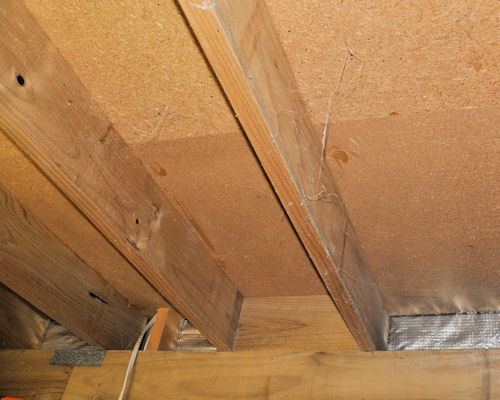 Audio for slide 8 (mp3 |6|KB)
Audio for slide 8 (mp3 |6|KB)
In general, you should re-nail all boards or sheets wherever there is movement.
For structural problems, such as a span that's too wide for the flooring product being used, you might need to call in a carpenter to install extra joists.

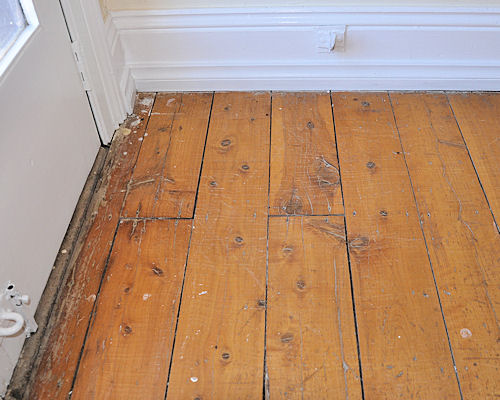 Audio for slide 9 (mp3 |6|KB)
Audio for slide 9 (mp3 |6|KB)
Contaminants and old surface finishes
Timber subfloors must be clean and free from oil, grease, wax, dirt, varnish, shellac or any other substance that will affect the glue's ability to bond to the surface. It's likely that you'll need to sand the floor down to bare timber with a commercial drum sander. This will also help to smooth out any bumps or uneven surfaces.

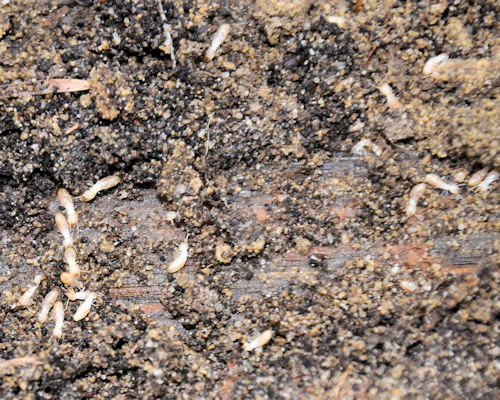 Audio for slide 10 (mp3 |6|KB)
Audio for slide 10 (mp3 |6|KB)
Termites
Although there are about 300 species of termites in Australia, only a dozen or so are a problem for timber in buildings.
Most termites feed on grass and roots, as well as living trees and decaying wood.
Termite colonies can contain up to several million members, so when they find a good source of food they're capable of causing a lot of destruction.

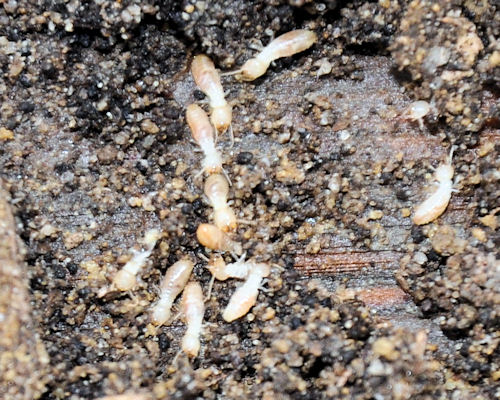 Audio for slide 11 (mp3 |6|KB)
Audio for slide 11 (mp3 |6|KB)
From here, they tunnel through the soil looking for food.
Because they need to be protected from daylight and the external atmosphere, they always leave a thin veneer on the outside of the timber they're eating.
This is why infested timber often has a drummy or papery sound when it's tapped.

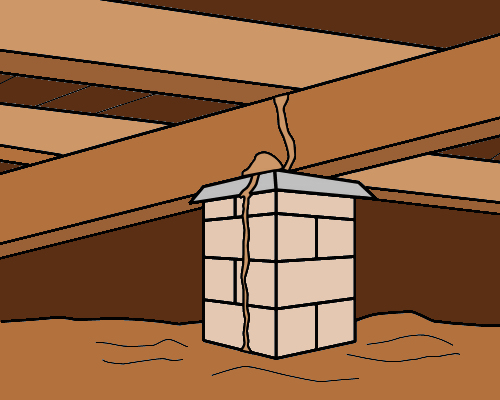 Audio for slide 12 (mp3 |6|KB)
Audio for slide 12 (mp3 |6|KB)
Although ant caps aren't able to stop their progress, the caps do make the tubes more visible when an inspection is carried out.
We discussed ant caps in the lesson: Timber framed subfloors, back in Section 1.


Learning activity
Audio 14 (mp3 |6|KB)In addition to termites, there are various other organisms that attack building timbers. These include decay fungi and borers. One of the main ways of minimising the chance of attack is to use good building practices, such as providing adequate subfloor ventilation. We'll talk more about this in the next lesson.
For more information on the organisms that attack timber and the types of damage they cause, have a look on the internet at some of the pest controllers' websites. Simply type 'termites' or 'timber pest control' or any other suitable key words into your search engine to see the huge range of sites available.
Once you've looked at the types of insect attack and fungal decay that tend to affect timber subfloors, see if you can find some examples of your own. Do a 'pest inspection' of your own home or of another building with a raised timber floor. Also look for other problems that would need to be fixed if you were going to put a new floor covering on top.
Take digital photos of any problems you find. Share the photos with your trainer and other learners in your group. If you're uploading the photos to a social media site or sharing them via email, make sure you provide a brief written description of the problem that you have discovered and how you think it has occurred.

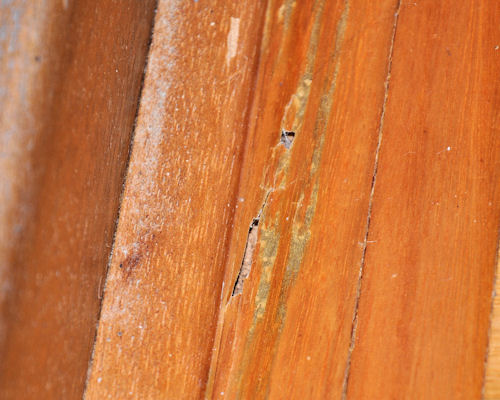
 Go to
Go to